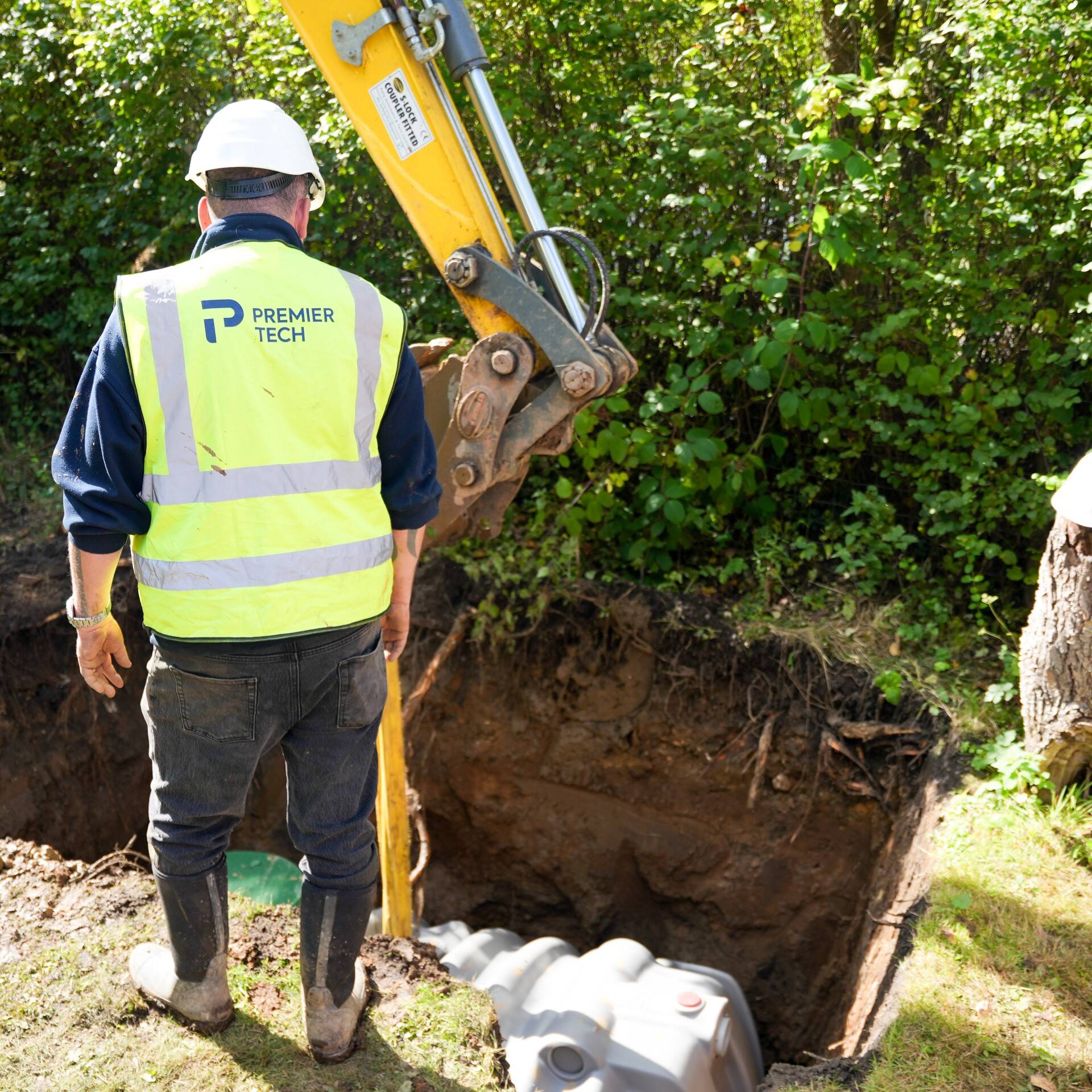Installation services for domestic septic system projects
Professional septic installations backed by local expertise
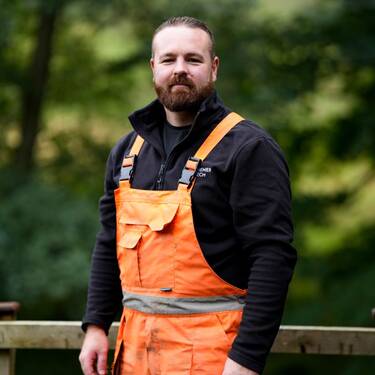
At Premier Tech, we install our range of domestic septic systems on rural properties across the UK — whether you're replacing an old tank or setting up a new system for a home build.
Installing a septic system is a detailed process that requires excavation, correct placement, and compliance with local regulations. Our team handles every step with precision, ensuring your system is set up safely, correctly, and in line with current standards.
With deep knowledge of regional requirements and years of hands-on experience, we deliver local expertise and support you can rely on.
Need help before installation?
Our team is here to guide you through your site assessment and system design. We can even help with permits. Learn more by consulting our pre-installation services.
How we install a domestic septic system
Here’s what to expect during a typical septic system installation, from the initial site walkthrough to final landscaping.
1. Pre-excavation

Before excavation begins, we conduct a site walk and complete a risk assessment where required.
2. Excavation
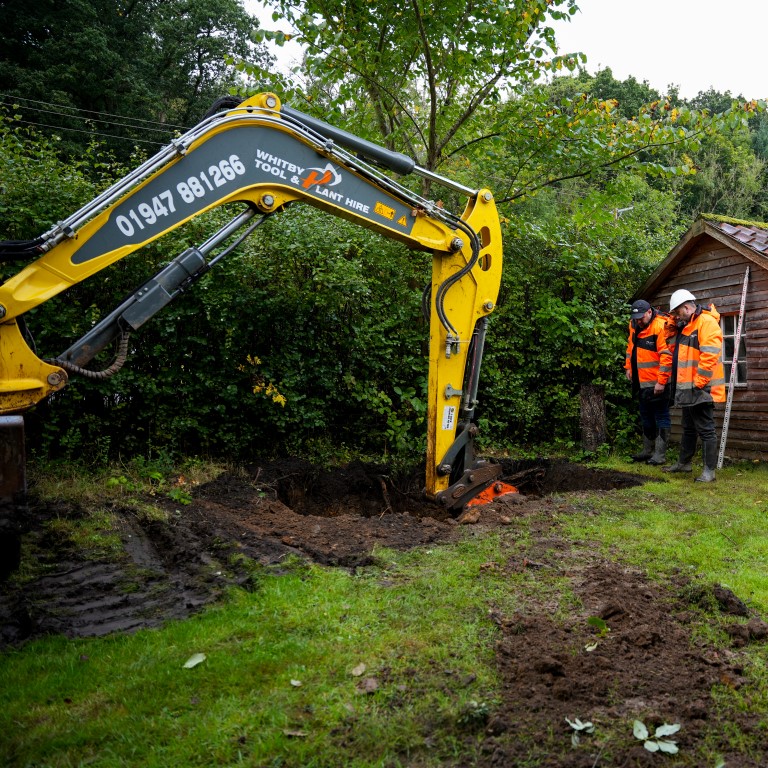
We excavate the site for the septic system's components. The process is done with great care to avoid damaging utility lines.
3. Installation
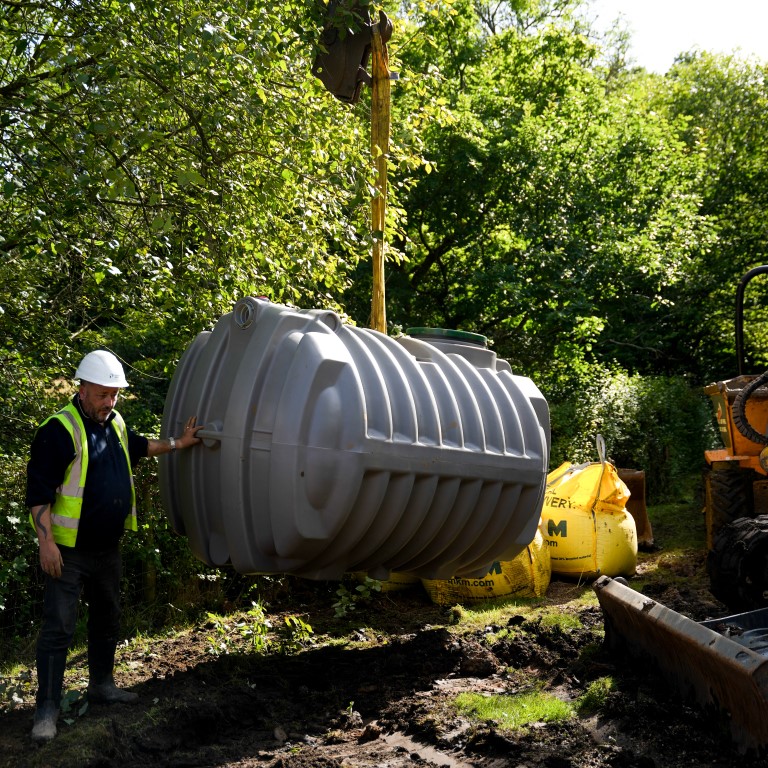
We place the septic system in the excavation. Tanks are positioned at a specific depth to allow for the proper flow of wastewater.
4. Inlet and outlet pipes
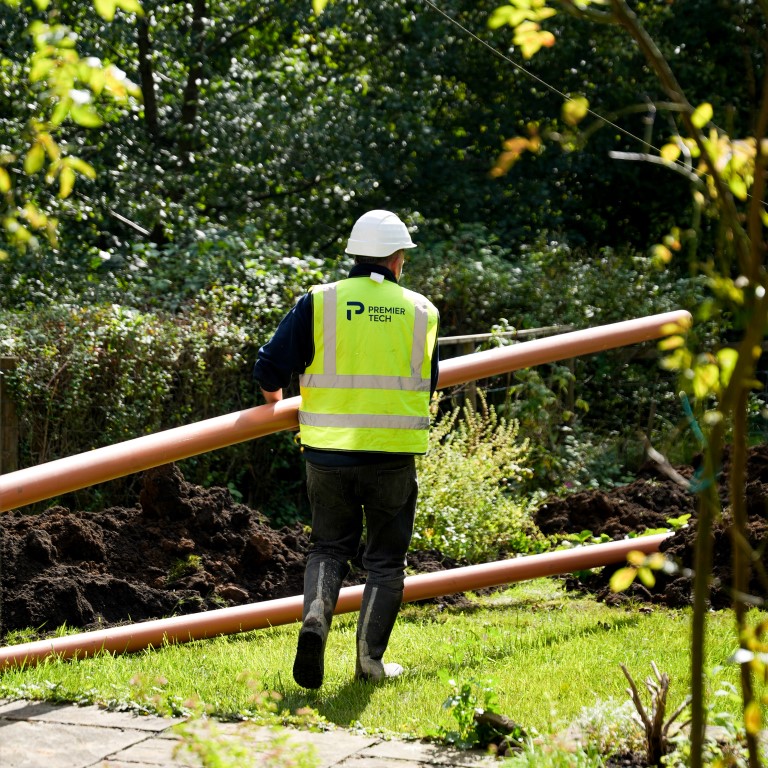
We install the pipes. The inlet carries wastewater from the building to the septic tank, while the outlet sends effluent to a drainage field or secondary treatment system.
5. Backfill and compaction
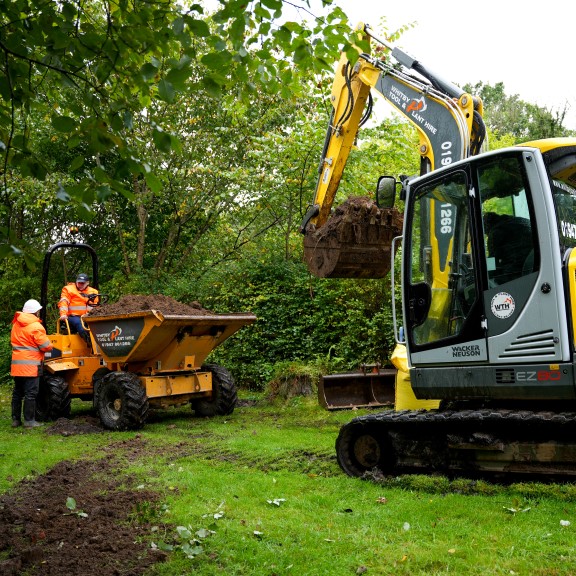
We backfill the excavated area and compact it to provide stability for the septic system's components. Care is taken to ensure the system is undisturbed.
6. Final landscaping
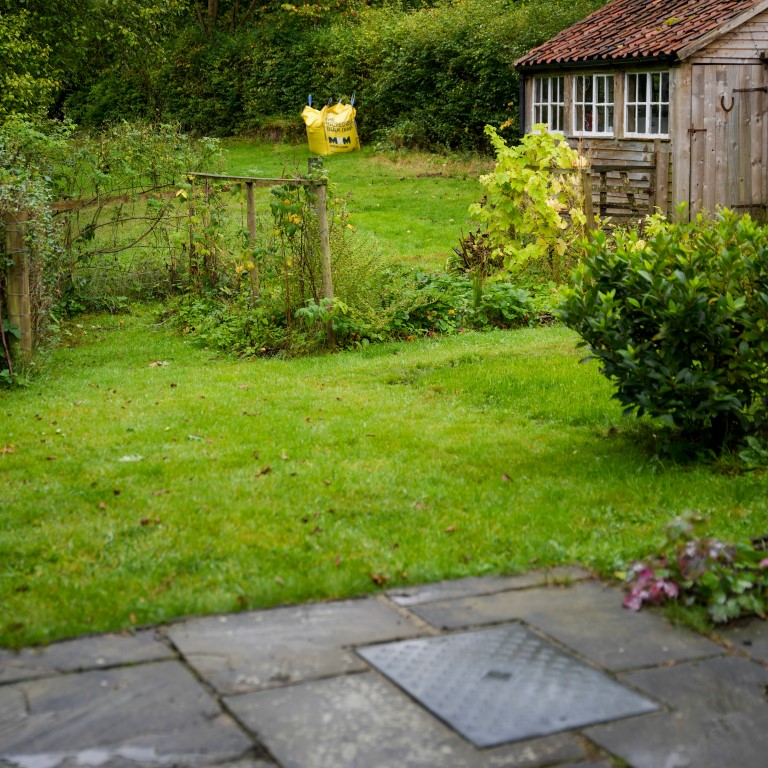
With the installation complete, we can, at your request, put grass seed over the exposed soil. The ground typically has a normal appearance after 6 to 8 weeks, depending on the weather and season.
System testing and inspection
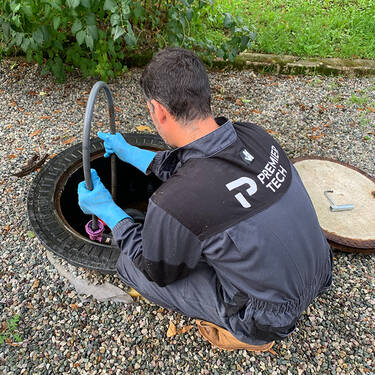
Once your septic system is installed, there are a few final steps to ensure optimal performance:
- Commissioning: This essential step includes connecting, inspecting, and testing any electrical or mechanical components to ensure they function and properly process your wastewater. Learn more about our commissioning services.
- Inspection: Your system is inspected to ensure it meets all required standards and regulations. This evaluation may involve conducting a percolation test to verify your drain field's ability to absorb wastewater.
What clients say about Premier Tech's domestic septic installation services
“Excellent service. Urgently needed a replacement tank and system installed for a house sale. Premier Tech promptly came out to see the site. A quote and an installation date were booked for just 3 weeks later.
Extremely efficient, the site was tidied every day before leaving and left tidy on completion. No issues at all — any queries were quickly resolved and handover was clear and prompt. Phil, Chris, and Dan in particular were extremely helpful, and the whole team was very professional and friendly.”
Can't thank them enough for resolving a stressful situation!
- Verified reviewer on Checkatrade

